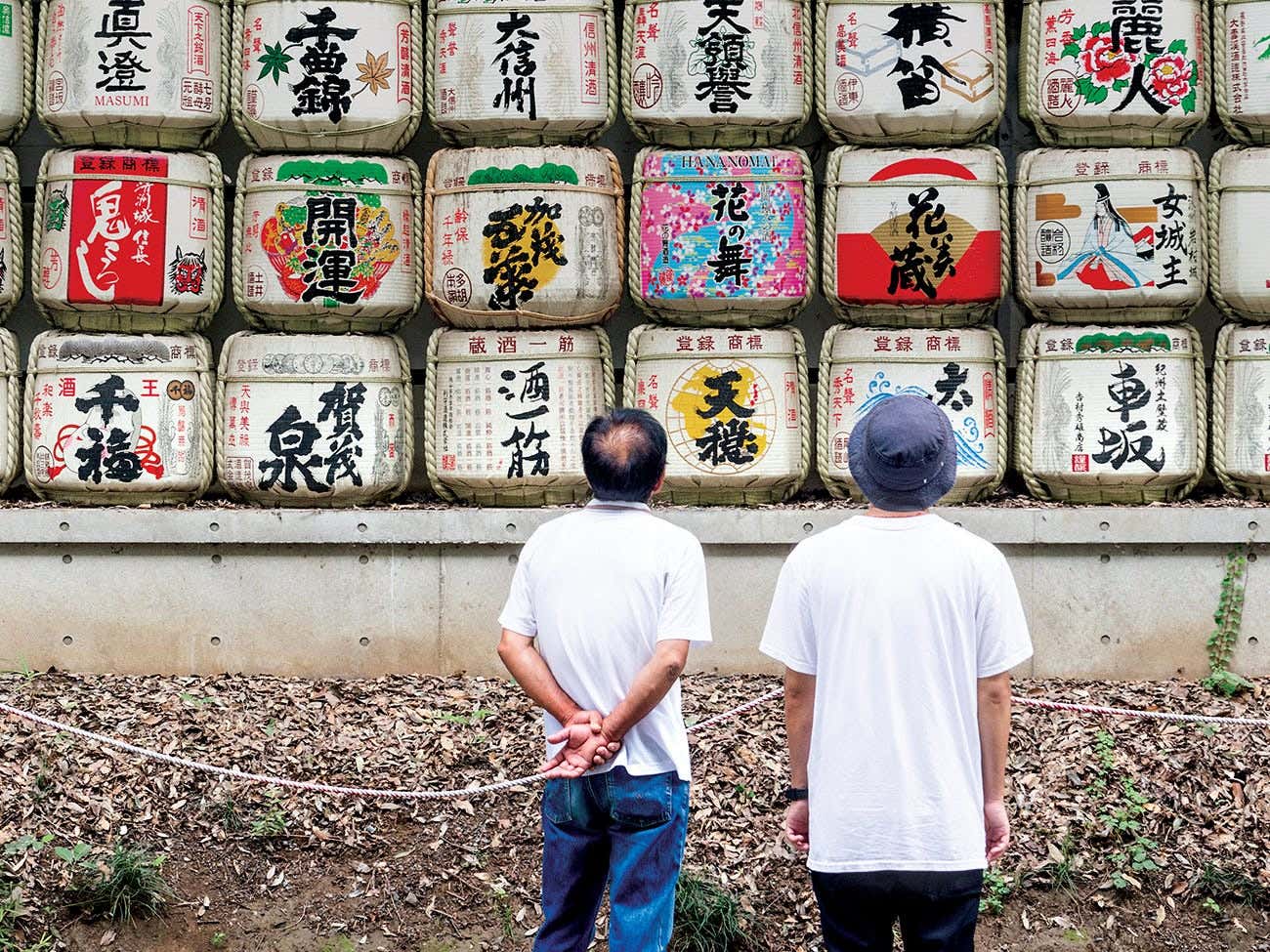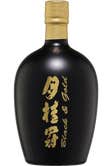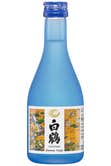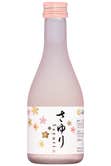“I put a little bottle of sake in the fridge for happy hour. You down?”
Ok, so it’s true that you hear the words “Muscadet” and “rosé” a lot more when it comes to happy hour here in Quebec, but more and more people are taking to this new alternative. Plus, the different varieties of sake on the market are more diverse than ever!
In Quebec, like everywhere else in North America, sake sales have more than doubled in the past decade. Canada is now the sixth biggest sake importer in the world. There are dozens of sakes available on the Quebec market, with a range of aromatic profiles that let you better understand the subtlety and refinement of this ancient and complex art form. A sake festival – Kampaï Montréal – was even founded in 2018.
A global trend
Sushi’s steady popularity, as well as the rising number of Japanese restaurants offering a glimpse into this delicious and refined culinary world, are two reasons why sake is a new go-to libation. However, there’s more to it than that. In Europe, sake bars are popping up in some of the bustling city centres, while around the world, sommeliers are starting to suggest sake pairings with dishes that are definitively western, and mixologists praise sake for its round body and refined flavours – perfect for cocktails. Although very different from Champagne, sparkling sake – this thousand-year-old beverage that today is more often served cold than hot – is a refreshing and aromatic option when it comes to celebrations.
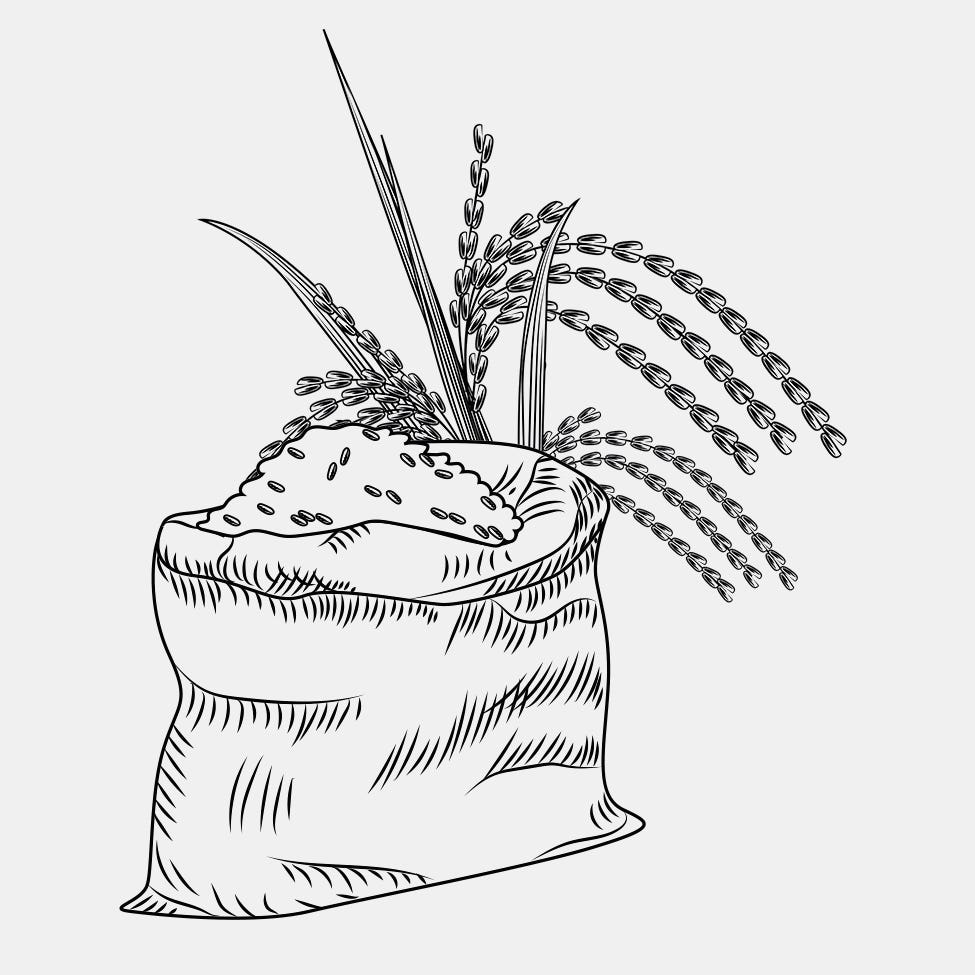

The art of production
Although you often hear that sake is a rice wine, its production method is quite similar to that of beer: it is made from a base of grain and the starches must be converted into sugar, then fermented into alcohol. By following this principal, the bases of which were perfected somewhere between the 12th and 15th century in Buddhist and Shinto temples, the first step is to steam-cook the rice, whose exterior layers have been polished off. The outer layers of the grain are stripped because they contain fats, minerals, and proteins that can alter the taste of the final product. In fact, the more the rice is polished, the purer the starches are, and the more refined and subtle the flavours are.
Next, the rice is inoculated with koji (or Aspergillus oryzae), a microscopic mushroom with many virtues that is also used in the production of miso and soy sauce. The koji rice, now full of enzymes responsible for transferring aromas to the finished sake product, is then combined with water, yeast, and more steamed rice before beginning its fermentation process. Once fermentation is over, the mixture is pressed in order to extract all the sake, which is then aged a few months (in rare cases, a few years) before being bottled.
A world of aromas
Sake has a very distinctive aromatic palette, likely to please most wine lovers. First off, because the rice, under the transformative effect of the enzymes, offers a range of aromas very different than that of grapes – and that vary considerably depending on the type of rice, production region, and method used, which is unique to each estate. You’ll decipher notes of fruit (green apple, tropical fruit, lychee, etc.), but the more dominant notes include grains, honey, flowers, accents of mushroom, and herbs. Generally, sake is known for its umami* profile; umami being the “fifth taste” common in Japanese (and Chinese) cuisine. When it comes to pairing sake, serve it with food with similar umami flavours.
Another distinctive element: sake’s acidity is relatively low. While most wines generally have a pH between 3 and 4, sake’s pH lies somewhere between 4.2 and 4.7 (to compare, lemon juice has a pH level of approximately 3 and orange juice, 4). The result is an alcohol that is light with a full, smooth body that’s pleasant to drink. Sake’s full body and higher-than-wine alcohol level (between 15 and 18%) give it an enveloping character, making it suitable for heavier, more flavourful foods.
Although sake pairs naturally with Japanese cuisine, it also pairs nicely with a variety of other dishes. Firm cheese, blue cheese, and white meat in a mushroom sauce would all pair perfectly with more robust sakes, such as honjozo or junmai. Served hot, sake is great for highlighting fattier fish like grilled mackerel, salmon, or tuna. Raw or lightly marinated fish, scallops, shrimp, and oysters would benefit from being paired with lighter, more refined sakes (think ginjo or daiginjo). Full-bodied sakes can even be paired with smoked meat or spicy BBQ dishes. A more enveloping sake, such as nigori, goes great with desserts like madeleines, meringue topped with tropical fruit, and citrus and almond cake.
*All about umami Most of us are familiar with the sweet, salty, sour, and bitter taste profiles, but there’s a fifth, lesser-known (but very interesting) flavour: umami. This savoury, mouth-watering flavour is often associated with Asian cuisine (soy sauce, miso, fish sauce, shiitake mushrooms, kimchi, etc.), but it is also present in Parmesan, blue cheese, grilled sardines and anchovies, charcuterie, and even ripe tomatoes.


A selection of sake
Ginjo and daiginjo. These two superior grades of sake are characterized by their high rice-polishing ratio: at least 40% for ginjo, and 50% for daiginjo. They’re also fermented at a lower temperature, which results in a lighter, fruitier sake. This category also sometimes includes junmai.
Junmai. Sake made entirely of rice, koji, and water, with no alcohol or sugar added during the brewing process (something that is allowed when it comes to simpler sakes like futsu-shu or honjozo). This method results in a refined and refreshing sake.
Nama. Nama is used to describe non-pasteurized sake. These sakes continue to evolve and gain complexity once bottled because the enzymes are still present. Keep chilled!
Nigori. This unfiltered sake has a somewhat milky appearance. By skipping the filtration process, the texture and taste of the rice is more prominent.
The National Research Institute of Brewing has a very useful and comprehensive online glossary on the various types of sake, their production methods, and tips on how to read their labels.
The path to discovery
If you’re ready to start discovering sake, you can find a lot of helpful information right on the label. Most bottles indicate the style and category of sake they contain, as well as suggested serving temperature and pairing ideas. Knowing if a sake is fresh, floral and light, or more robust with notes of shiitake and undergrowth, will help you decide if you should pair it with a platter of sashimi or with pork tenderloin in a wild mushroom sauce.
As far as accessibility goes, sake has a nice advantage: it’s available in smaller bottles. In fact, many bottles are sold in 300 mL formats, which means that sake enthusiasts everywhere can organize a tasting session without spending a fortune. Even junmai daiginjo, the most refined sake on the market, is available in a smaller format, making them all that much more accessible. So now, all that’s left for you to do is choose which sake to try first from a selection of vintages with names that translate roughly to Snow Firefly, Endless Vision, and Tears of Dawn... how poetic! A far cry from the Château This or That wine labels we’ve grown accustomed to...
Try our fabulous Sake Martini or sake-based punch!
 Free in-store delivery with purchases of $75+ in an estimated 3 to 5 business days.
Free in-store delivery with purchases of $75+ in an estimated 3 to 5 business days.
